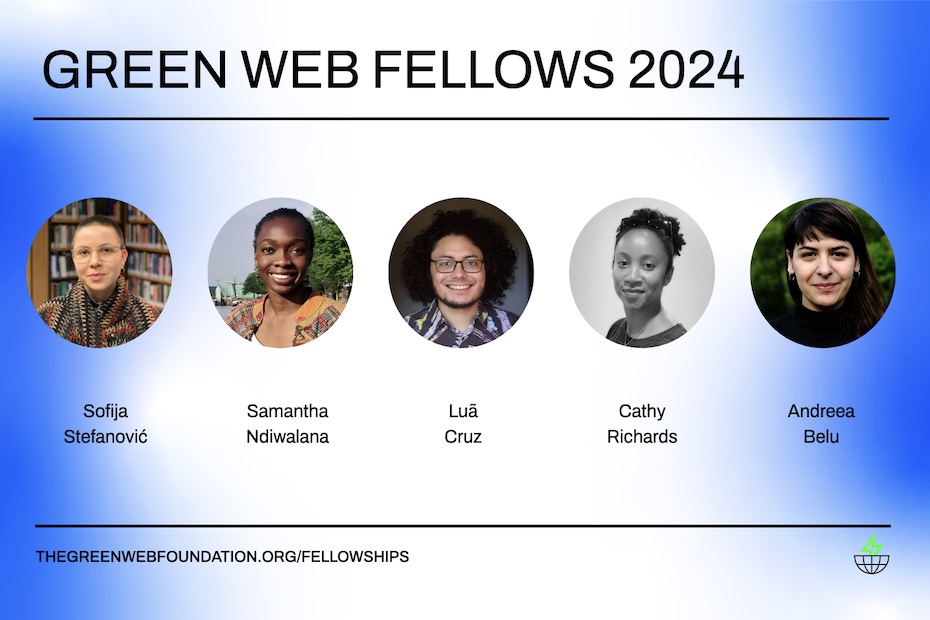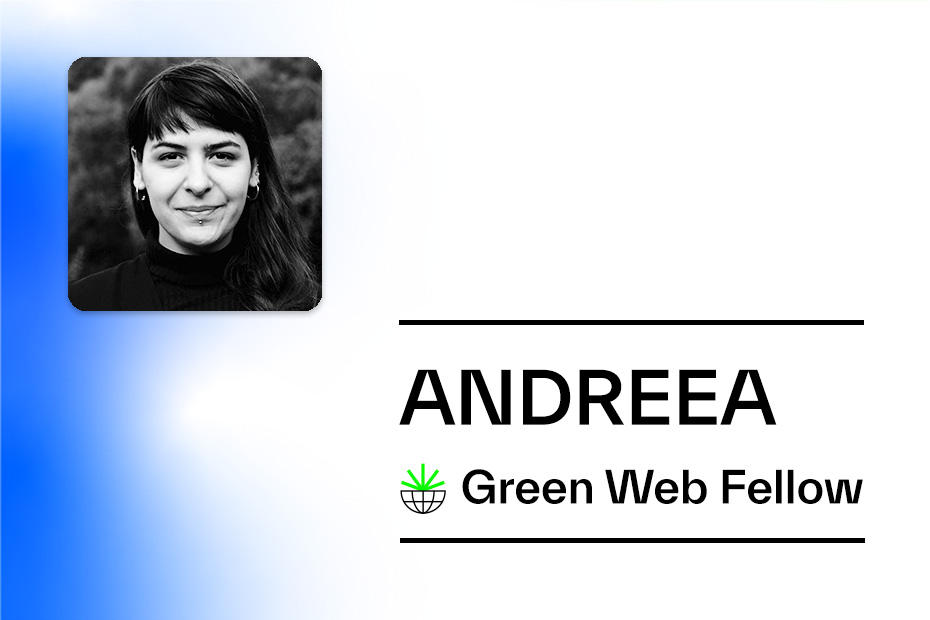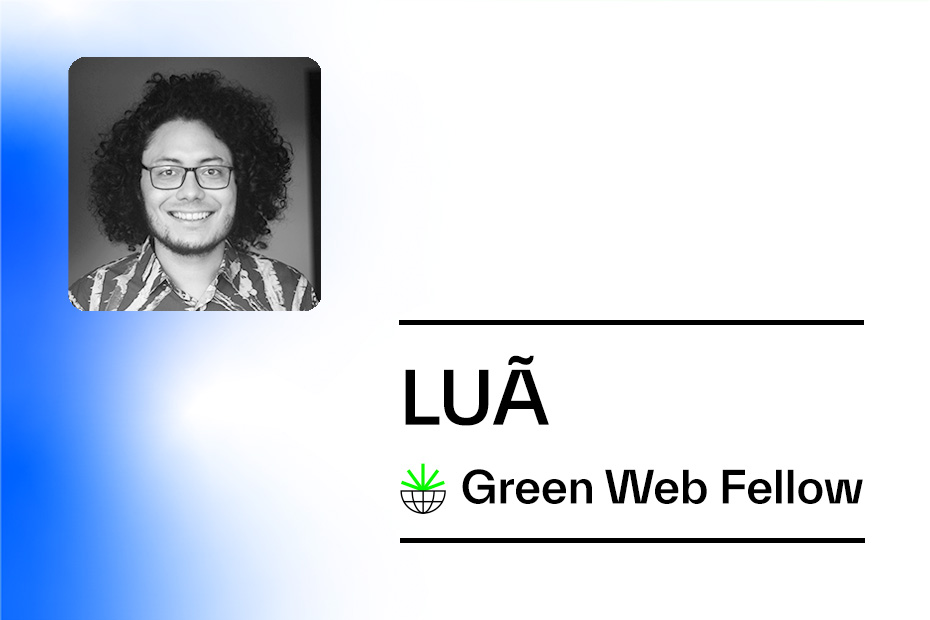Dear diary,
In February 2021 I ran a campaign with ClimateAction.tech called #LetsGreenTheWeb. The idea was simple: we aimed to raise awareness of the fact that websites and internet infrastructure create carbon emissions, and we wanted to help website owners take positive action to improve theirs. The campaign was hard work, but it was a success and recently people have been asking if we’ll do it again.
Most certainly – I am keen to lead this campaign again! It clearly gained some traction and recognition, which is rewarding to see. I’m still seeing the hashtag being used on twitter. I’m a fan of building on and improving something that already exists, so it makes sense to explore a rerun of the campaign.
But honestly, something has been bothering me about the campaign and its aims. Especially as I look at them afresh, and consider them in the context of climate justice.
Whilst it is important to make websites more performant and reduce their CO2 emissions, I think it’s just the tip of the iceberg.
What do I mean by that?
What I mean is that as I appreciate the importance and breadth of climate justice, I realise that CO2 emissions are a symptom of deeper problems. They’re maybe more like a surface issue. I’m not knocking the gravity of CO2 emissions, they need to be sorted and quick sharp. But I’m thinking the underlying causes need to be addressed in the right way so they stay fixed.
Conventional medical wisdom recommends that you treat the patient and not the disease.
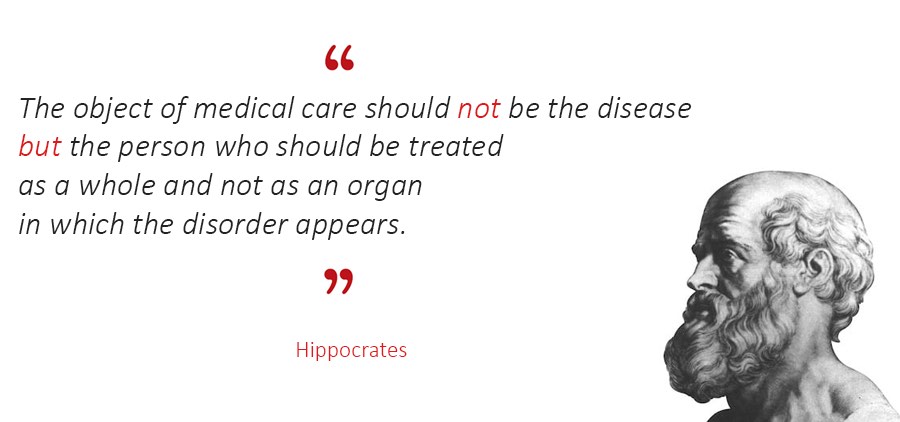
As a gardener, I understand only too well that if you want strong healthy plants, you pay attention to the care of the roots.
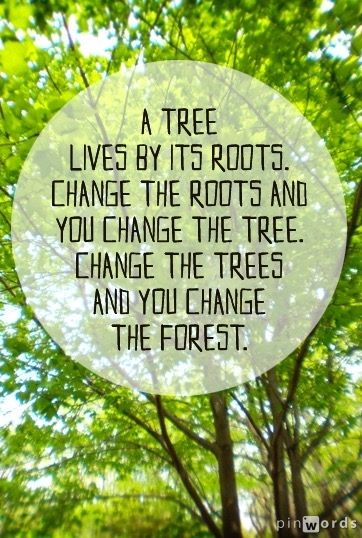
As a coder, I dislike being asked to patch up a bug without time to fully understand and address the underlying root cause. The bug inevitably pops up again, probably on the weekend or during some important demo.
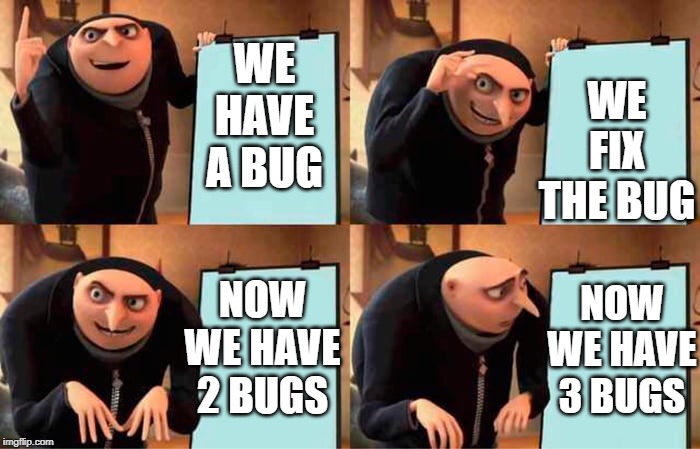
Focusing on website CO2 emissions feels kinda like treating the disease, polishing plant leaves or slapping a quick patch on your code. Yes it gives us something tangible and immediate to fix and point to, and that’s a super nice feeling. But if our efforts as digital technologists stop there, I fear we’re missing the bigger picture. We’re missing the more juicy opportunities to systemically fix stuff once and for all.
We need to get into the mindset of treating the patient, caring for the roots in the soil or refactoring our code.
In climate justice terms, we need to look at how humans, and specifically which humans make decisions. What do they value, how are they behaving, and how are our systems supporting this decision-making? And then we need to address the shortcomings. The #LetsGreenTheWeb campaign would be far more valuable to the greater good if it helped people apply this level of thinking to their digital technologies.
In one of my previous posts, Drawing a diagram to show the complexities of climate justice, I drew a diagram in an attempt to articulate how small carbon emissions are in the grand scheme of climate justice.
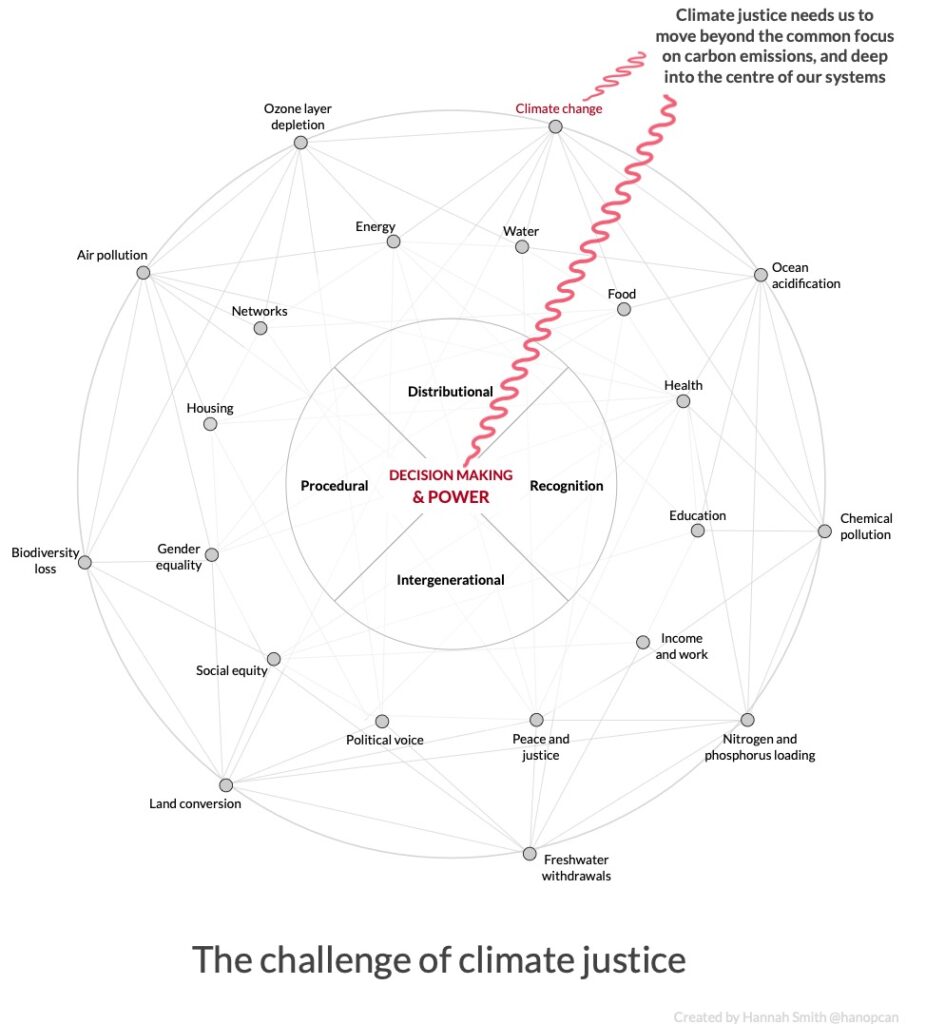
Electric cars are a good example of missing the opportunities
Electric cars are gaining huge traction because they are seen as a solution to reduce CO2 emissions. They don’t use fossil fuels to the same extent, so by switching to them we will reduce CO2 emissions. Win!
But hang on, have we thought about what are we replacing the fossil fuels with?
Currently we’re replacing the fossil fuels with battery technology. And battery technology requires cobalt and lithium to store the energy. Both require extensive use of extractive methods eg mining. Not only does mining have severe environmental impacts such as devastated landscapes, water pollution, contaminated crops and a loss of soil fertility, but these impacts create knock on social effects to the populations whose land is ruined. Read How the race for cobalt risks turning it from miracle metal to deadly chemical by the Guardian or A Power Struggle Over Cobalt Rattles the Clean Energy Revolution in the New York Times.
And who profits from the mining? Sadly, not the local populations whose land is being torn to shreds, or who can’t get enough food or water to drink. People will argue there’s some job creation. Sure a few hundred jobs. But the vast majority of the wealth is being extracted away by those big, faceless firms who don’t have any skin in the game. They are not relying on that land for their basic survival needs. Here’s a recent example of coal mining in Wales, my homeland.
And we let them get away with it as they put shareholder profits over the needs of local people time and time and time again. Sound like anyone else you know? Looking at you fossil fuel companies 👀
The definition of madness is doing the same thing over and over again and expecting a different result
And I haven’t even got into talking about the social impacts from using cars. That was just about creating them. Things like: congestion and traffic jams, safe spaces inside cities, sedentary lifestyles, parking and charging sites replacing social spaces – the list goes on. Who is being served by all of this?
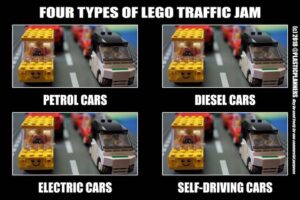
Coming back to my opening thoughts
So coming back to where this post started, the aim of the #LetsGreenTheWeb campaign needs some fresh thinking. I’d like to see it help technologists ask questions and take action beyond carbon emissions. We need to help each other go deeper into thinking about why we do what we do, and who benefits from the solutions we are creating. We need to get more comfortable with thinking about the social impacts of our work.
I still think there’s value in using website carbon emissions as a hook, or a rallying cry. Afterall, the scope of climate justice and climate change is huge, and people will benefit from a starting point for getting going. But once we get people interested and taking their first steps to reduce website CO2 emissions, we need to help them build an awareness of the wider climate justice context.
We’ve got a limited amount of time to take drastic action with regards to how our (western) socieites work. We need to act quickly but we also need to act on the right things and in the right way.
Next steps
I don’t have the answers for how to do this yet, but I think I have the seed of where this can go and how we can support technologists into taking steps into a meaningful climate justice journey.
I’m planning on developing a set of online materials to help us explore how digital technology and climate justice relate to one another. These materials will be open source, and I also hope to run a series of workshops within the CAT community to help refine and improve those materials. The ultimate goal is to create a final set of workshops that anyone can run, online or in person to help others explore these issues. It’ll be interesting to see how this develops!

